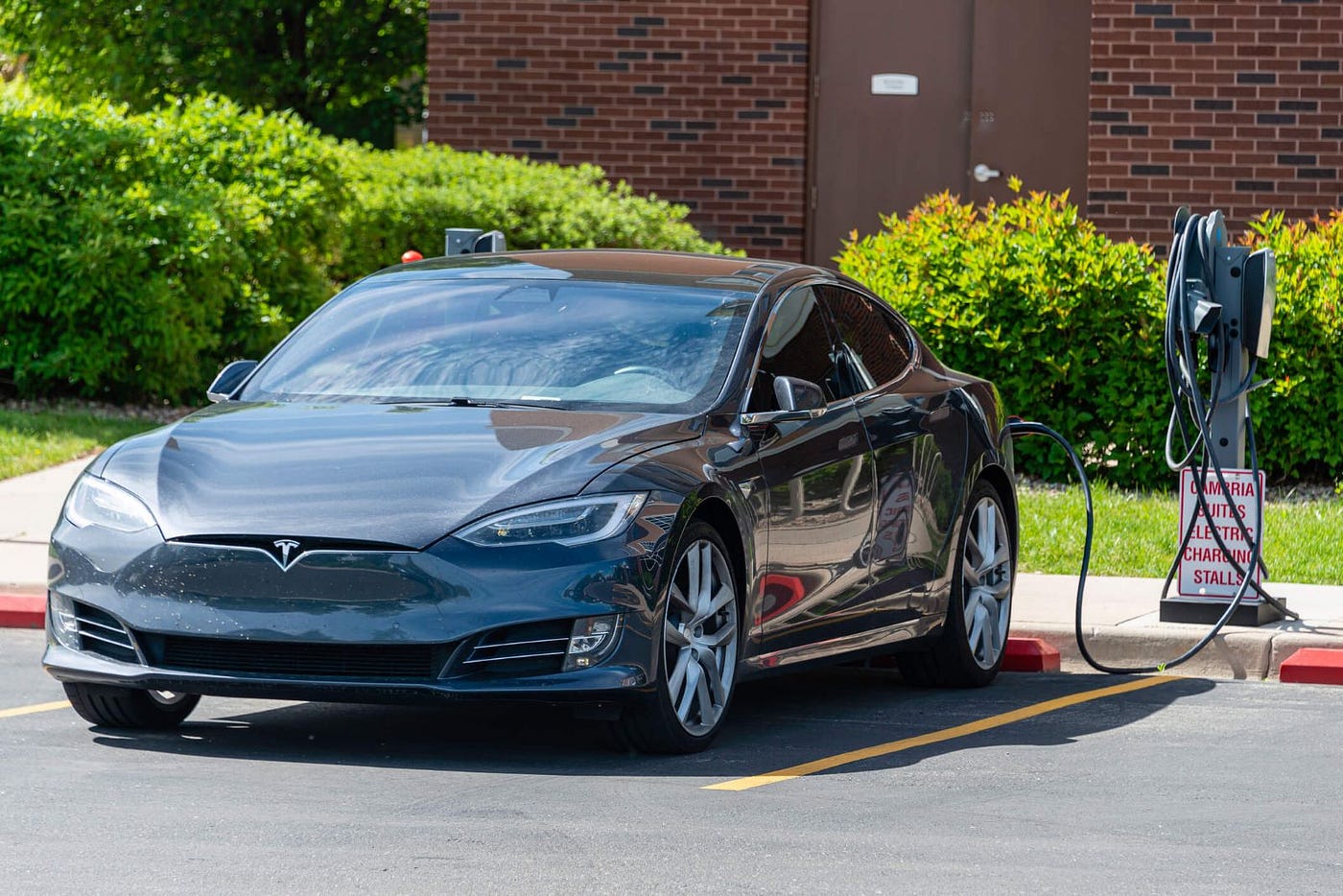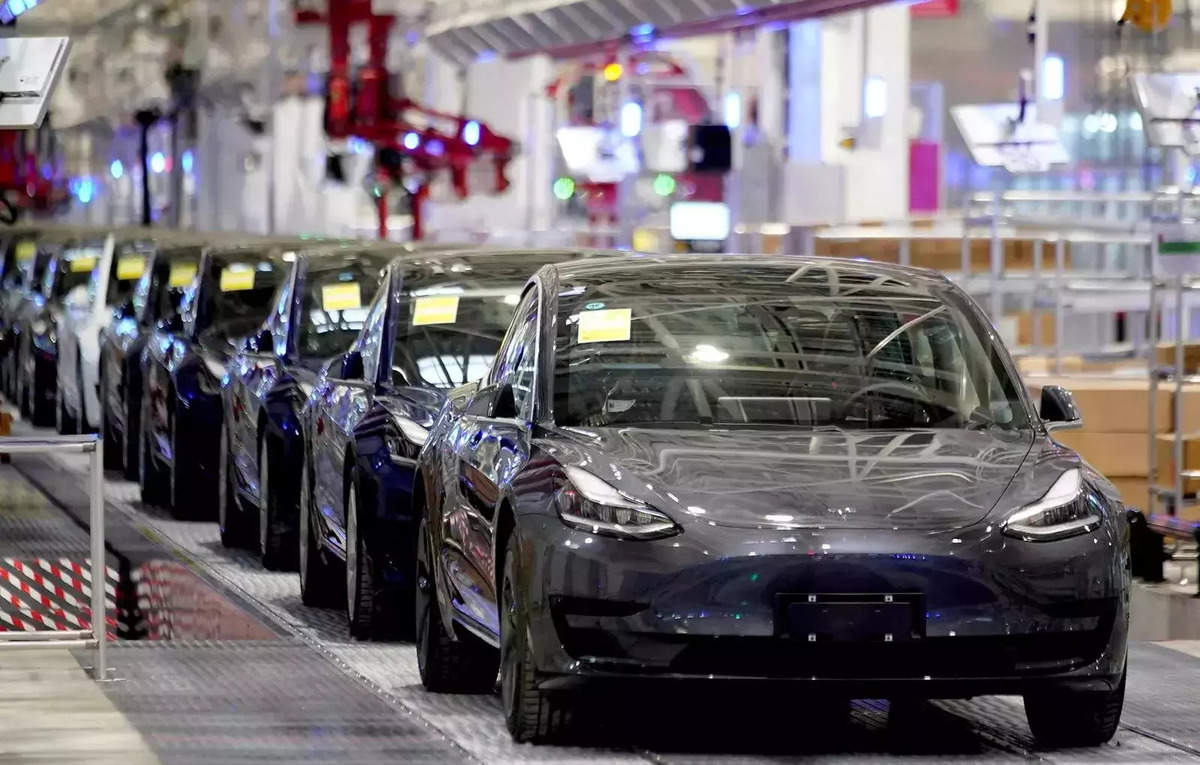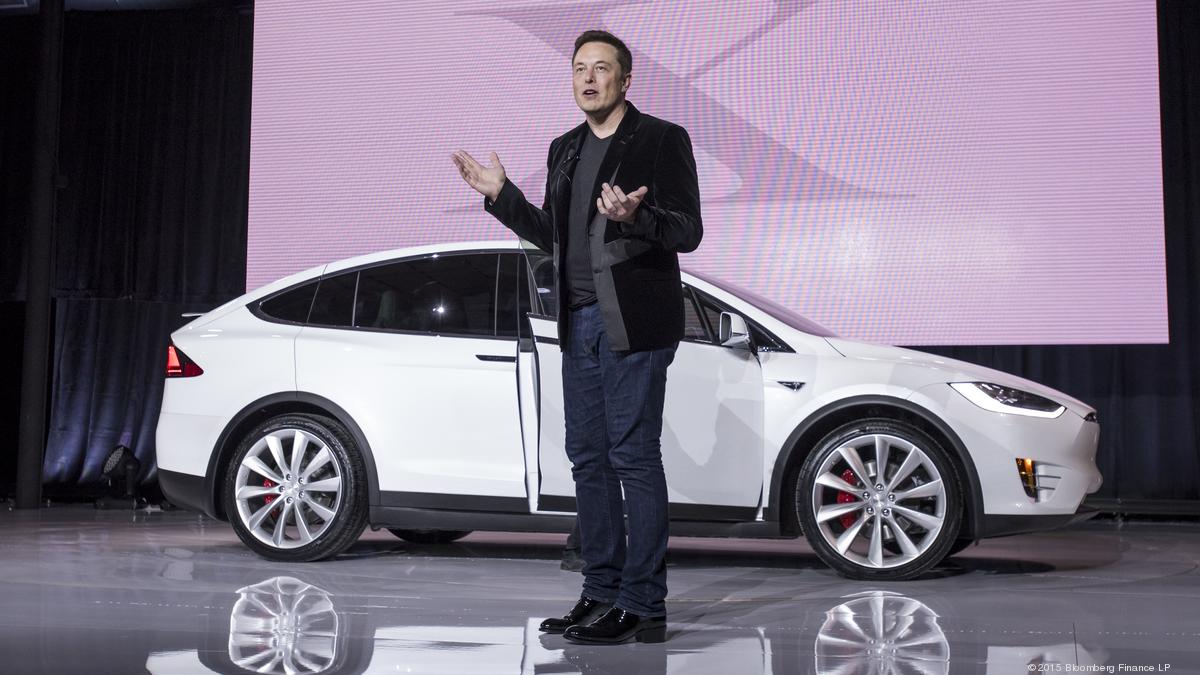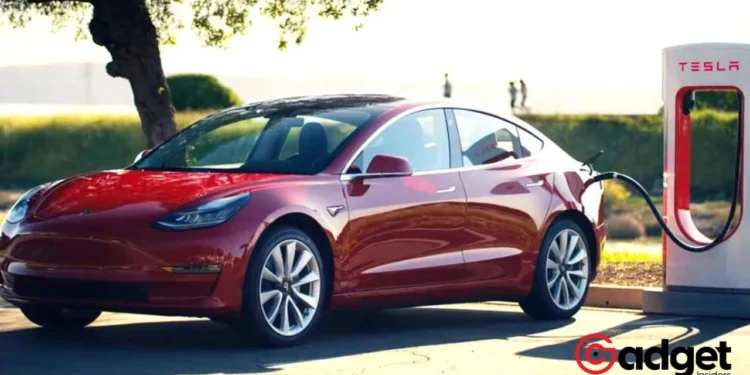In an era where technology and automobiles intertwine more closely than ever, Tesla’s decision to forgo Apple CarPlay and Android Auto in its vehicles has sparked both curiosity and debate. Unlike the conventional approach of integrating widely used platforms, Tesla has charted its course, emphasizing its unique blend of technology and transportation.
This choice reflects not just a technical decision but a strategic move to distinguish its offerings in a competitive market.

Tesla’s In-House Software: A Step Towards Autonomy
The company’s commitment to using its proprietary software is at the heart of its decision to exclude Apple CarPlay and Android Auto. This choice is grounded in the desire to provide a seamless, integrated user experience, free from the compromises that might arise from meshing external software with its ecosystem. Tesla’s software is not just another feature; it’s a statement of independence and innovation, promising users a level of integration and functionality that external platforms can’t match.

The Rationale Behind Exclusion
The exclusion of Apple CarPlay and Android Auto is more than a technical omission; it’s a reflection of the company’s broader vision. Integrating these platforms could disrupt the cohesive experience Tesla aims to provide, potentially diluting the brand’s unique identity.
Moreover, it views itself not just as an automotive manufacturer but as a technology pioneer, positioning itself in direct competition with tech giants like Apple and Google.
The Strategic Implications of Tesla’s Software Dominance
The EV Giant’s strategy to rely on its in-house software extends beyond mere functionality. It’s about controlling the user experience from start to finish, ensuring that every aspect of the vehicle reflects its innovation.
This approach allows the company to update and refine its software continuously, tailoring it to the specific needs of its vehicles and users, something that off-the-shelf solutions like CarPlay and Android Auto cannot offer.
Beyond Convenience: Tesla’s Vision for the Future
The company’s decision underscores a vision where cars are not just transport vehicles but integrated platforms that offer a range of services and experiences. By excluding third-party platforms, it ensures that it remains at the forefront of this integration, offering features and updates that are closely aligned with its vision for the future of transportation.
Tianjin Tesla Car Owners Club 2024 Dragon Year Spring Lightning Show! Dancing with Cybertruck! Thanks to Tianjin Tesla and Tianjin Culture Tourism for their support! Thanks to our company colleagues for working overtime to shoot and edit! Keep company with the excellent, walk… pic.twitter.com/vEM9JEU1lu
— DriveGreenLiveGreen (@DriveGreen80167) February 11, 2024
Embracing Alternatives: Tesla’s Integration of Apple AirPlay
In a surprising pivot, the EV giant announced the integration of Apple AirPlay, allowing for the streaming of high-quality audio and video content. This move, while maintaining its proprietary software integrity, acknowledges the importance of providing users with value-added services.
It represents a balanced approach, offering compatibility where it enhances the user experience without compromising the vehicle’s core functionality.
The Future of Tesla’s Software Ecosystem
As the company continues to innovate, the introduction of Apple AirPlay hints at a future where its vehicles become more connected and versatile. It’s a testament to the company’s ability to evolve, ensuring that its software ecosystem remains dynamic and responsive to the needs of its users.
Why Tesla’s Independence Matters
Its refusal to incorporate Apple CarPlay and Android Auto speaks volumes about its commitment to innovation and independence. As the automotive industry evolves, Tesla’s approach could inspire other manufacturers to reconsider the value of proprietary software, potentially leading to a new era of vehicle design and functionality.

A Trendsetter in the Automotive World
The company’s stance may set a precedent, influencing how other companies approach the integration of technology in vehicles. As Tesla continues to lead with its software-first approach, it challenges the industry to rethink the balance between collaboration and independence.
Tesla’s decision to exclude Apple CarPlay and Android Auto is a deliberate choice that underscores its commitment to innovation and control over the user experience. By focusing on its proprietary software, Tesla not only differentiates itself from competitors but also sets a new standard for what users can expect from their vehicles.
As technology continues to evolve, Tesla’s approach offers a glimpse into a future where the car is an extension of the digital lifestyle, fully integrated and tailored to the individual’s needs.









